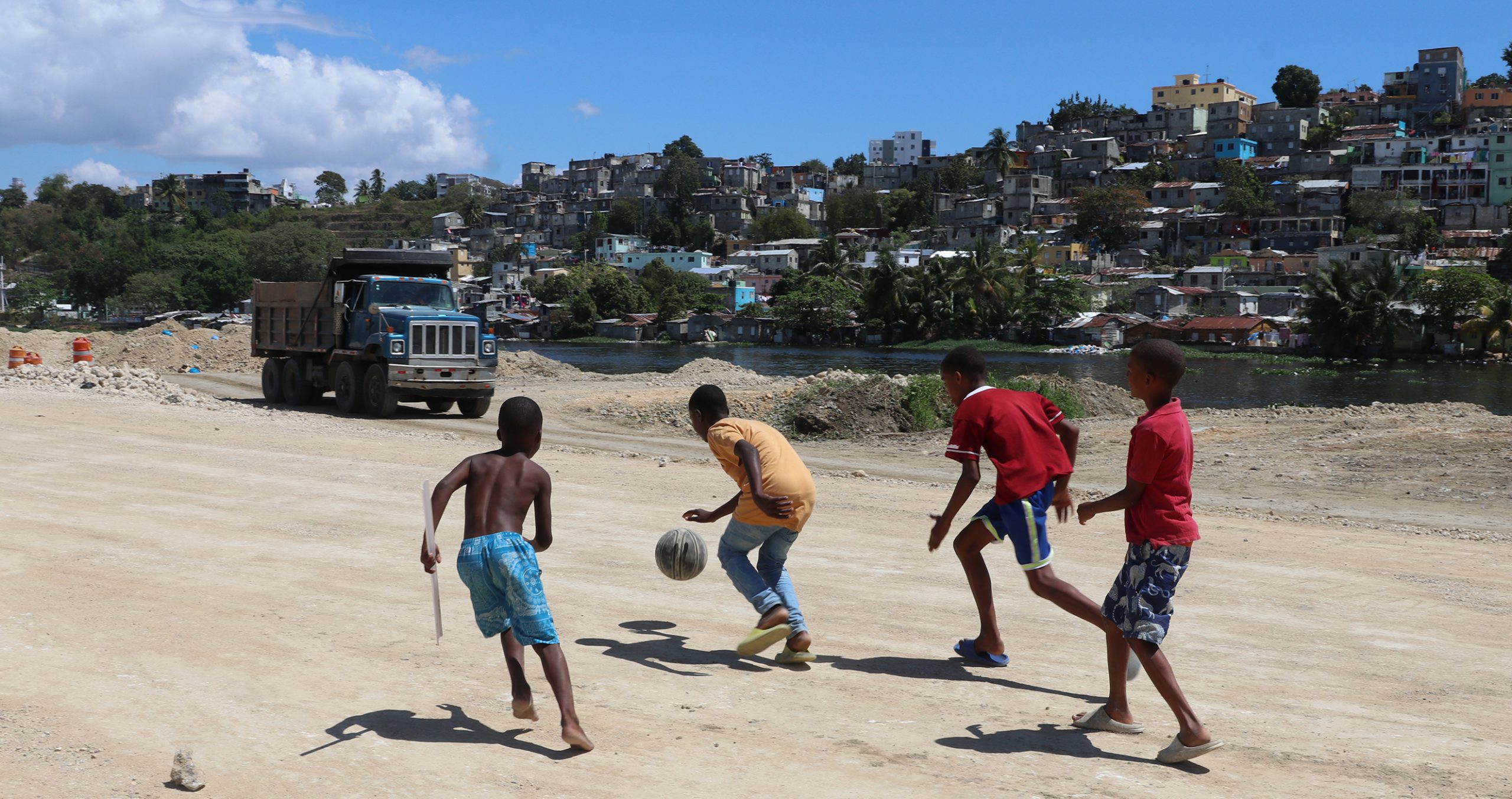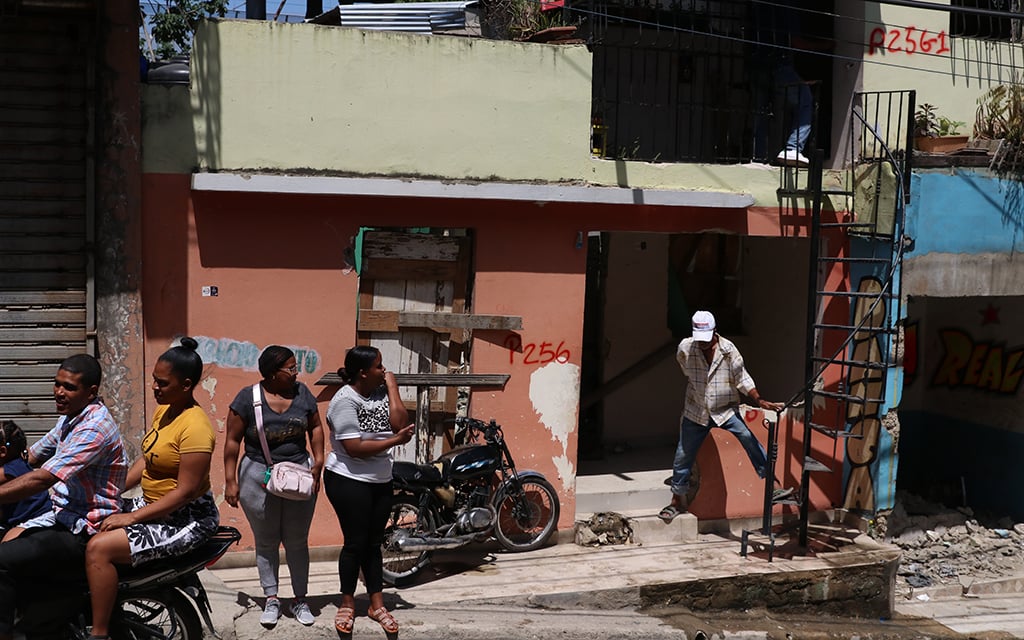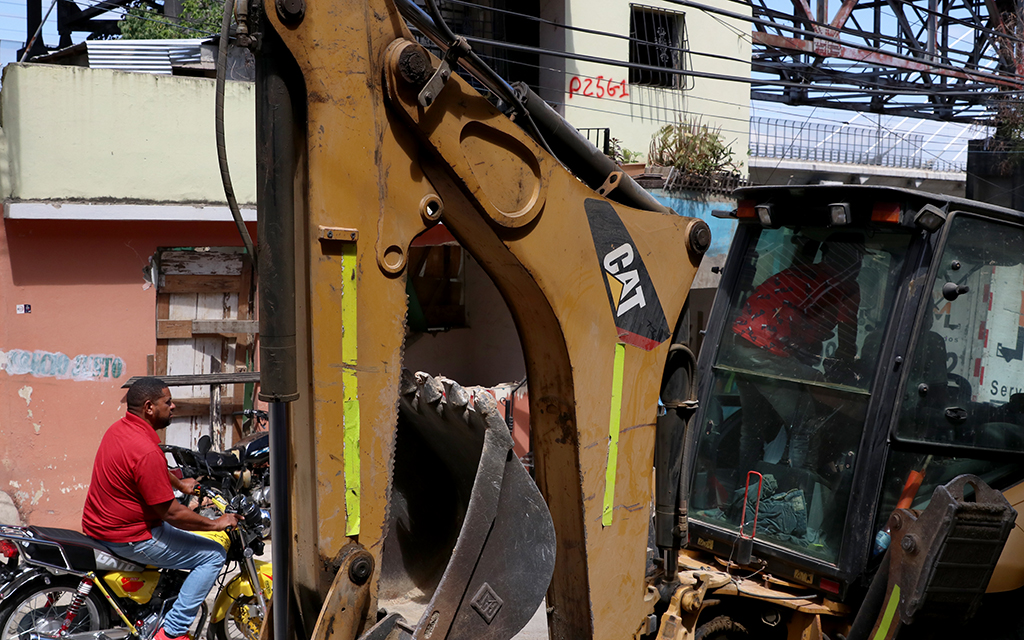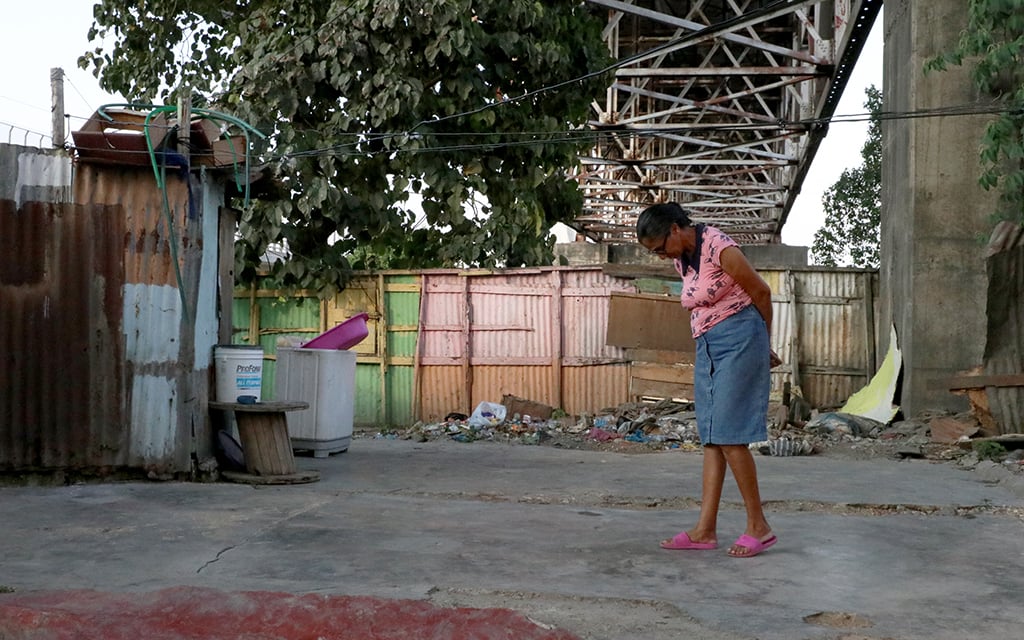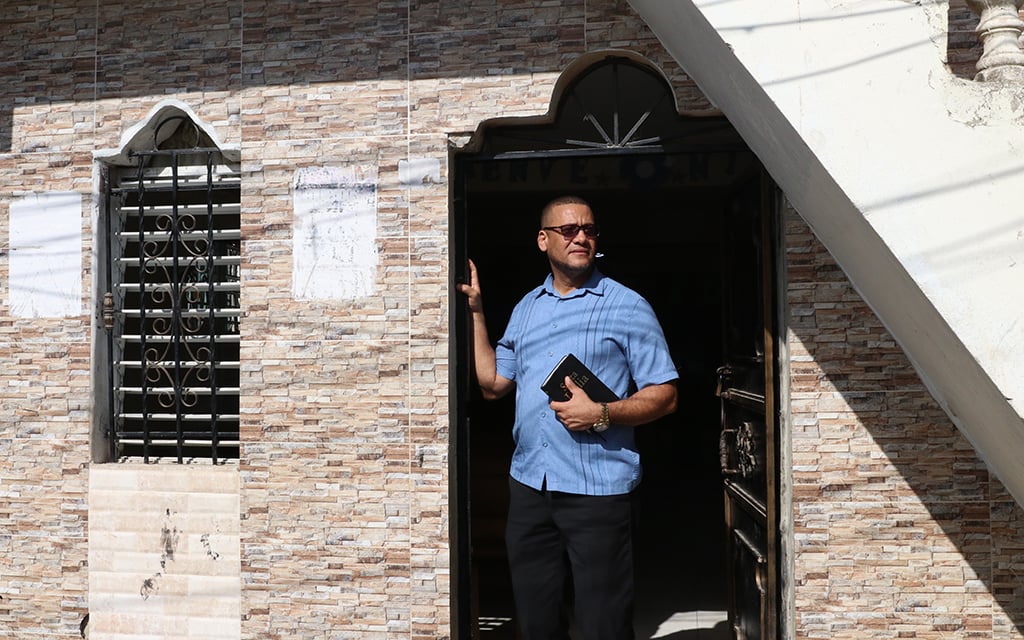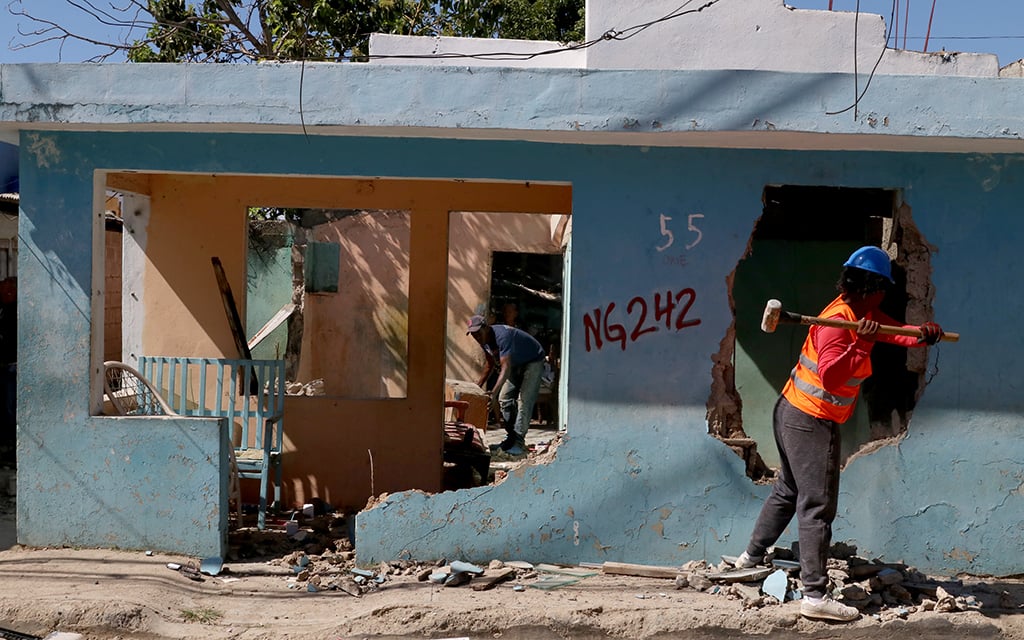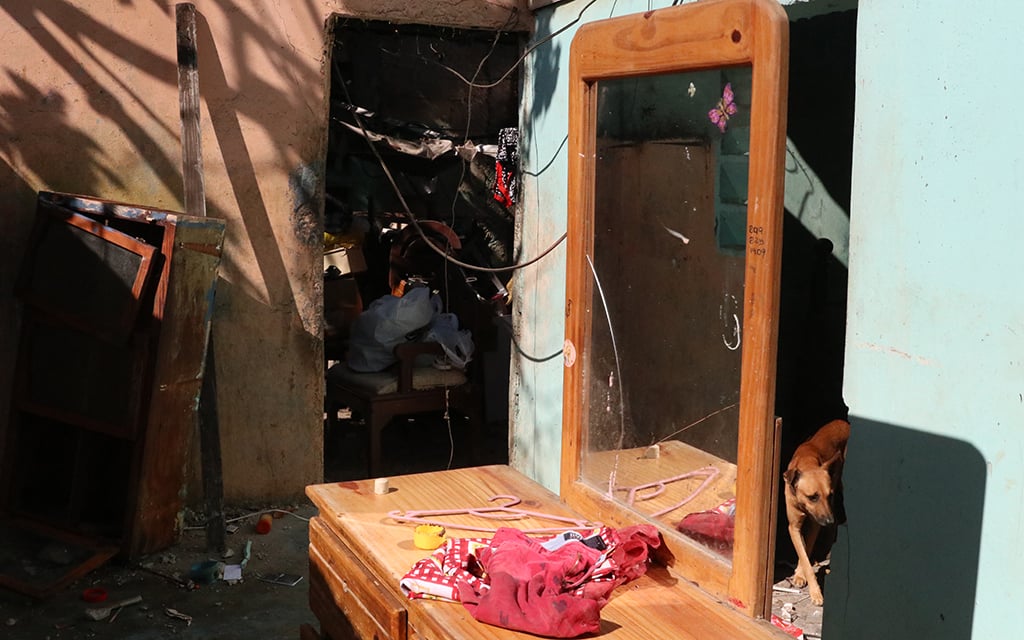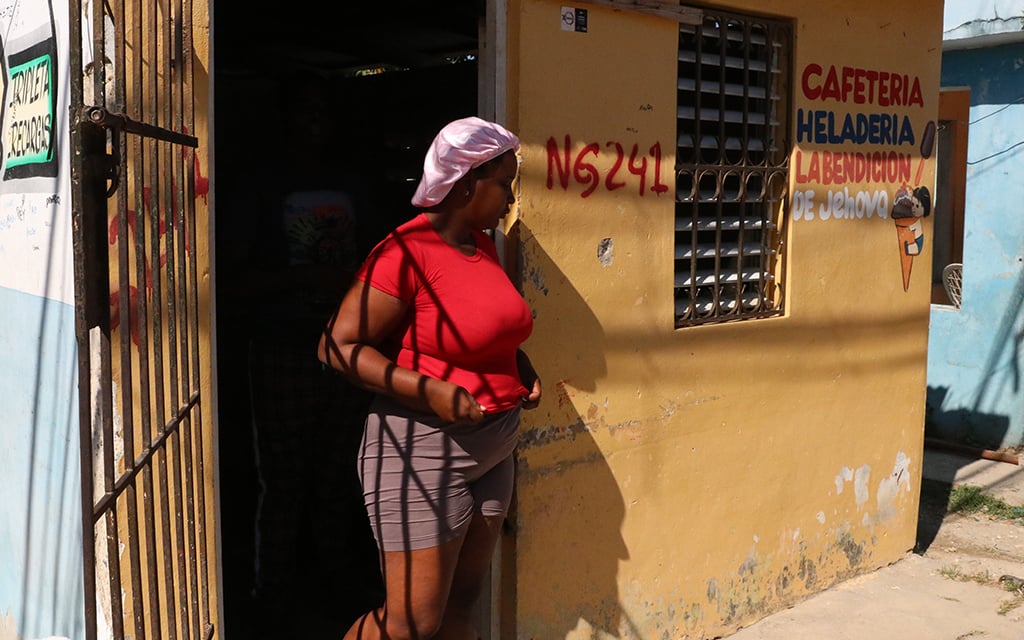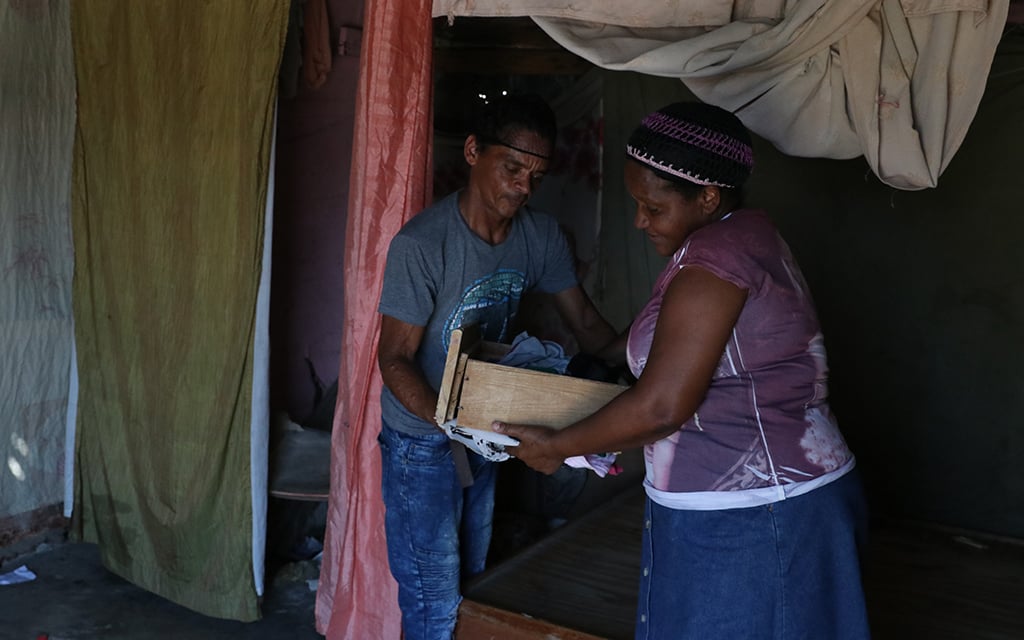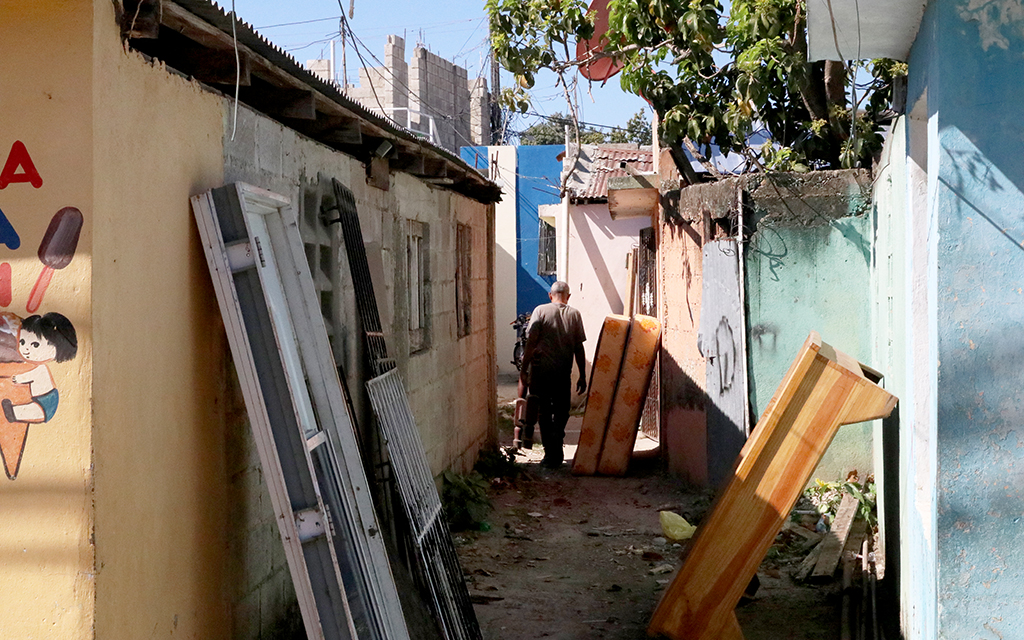URBE has been criticized for not involving the community in its planning. Leaders like Gómez have been meeting with URBE throughout the project in Domingo Savio. Ciudad Alternativa met with URBE twice a month for two years. The agency has an office in Domingo Savio and runs events for people in the neighborhood.
But that doesn’t mean the community feels heard or their perspective has been incorporated, Pastor said. Instead, she feels the relationship is more paternalistic.
Rather than listening to what people in the community want, the government is coming in and telling them what it intends to do, Pastor said.
“They treat poor people like idiots and like they don’t know what they need,” she said.
It undermines faith in the project.
“If you’re not working inside the community, you are not doing anything for the people. You are only building a road that is beautiful, that is perfect to walk. But it’s not for the people,” she said. “Who are you working for?”
For the people in Domingo Savio, the power balance is not in their favor, Pastor said. People have little agency or ability to push back against the government when they are told they need to move. Often, they don’t have a lawyer or an advocate with them for negotiations with URBE.
“They don’t have anyone to fight for them,” Pastor said.
In the past, under the previous president and before the formation of URBE, forced evictions were more aggressive, said Katherine Almánzar, also at Ciudad Alternativa. The government would come into the neighborhood to violently move people, who were not compensated. That history has made people scared to push back.
“In most of the cases, you’re going to say yes to whatever they say because it’s the government and they have all the forces in the country to do whatever they want,” Almánzar said.
The main features that have been built are the road, a linear park, sports facilities and a market for local fishermen. This first phase of the project is supposed to wrap up in the fall of 2023.
When the government announced the project, it promised to build schools, fix roads and improve sewage, drainage, water, electricity and waste management. URBE isn’t responsible for building all of these elements; other government agencies are also involved. Some of those features are being built in parts of the neighborhood but not the entire sector yet. The project’s master design includes plans to expand those services to the rest of the barrio in future phases.
For some, the progress is too slow.
“So they are only moving people or doing evictions … and they are not solving the problems that are inside the neighborhood,” Pastor said. “The question is, is this the right thing to do with vulnerable people?”
Pastor remembers when houses were torn down to make room for a new school. But the government agency in charge of building it didn’t have the money.
“I think that’s the worst part because you are moving a family for a community benefit that is not working, that is not happening,” Pastor said. “But you are not solving the housing problem of the family that is struggling that lived there. So you’re not solving any problems.”
The question of how the Dominican Republic develops in a way that doesn’t bypass or further marginalize people living in poverty won’t be resolved or perfected in one government project in one neighborhood. The project in Domingo Savio highlights the challenges with building housing infrastructure and access to basic services in a way that is inclusive and sustainable.
But the project in Domingo Savio is the best option given the circumstances, says Vidal at URBE.
“I don’t think it’s the perfect solution. I don’t think anything is perfect. Everything can be better. But I do think it’s a scalable solution. And I do think it’s going to transform at least 30,000, if not 50,000 or 40,000 people directly,” Vidal said.
But some of the people who have been evicted from Domingo Savio are more vulnerable than they were before.
Altagracia Jaqueline Paulino, the woman from Domingo Savio, is still reeling from the loss of her home where she spent most of her life, raised a family and built a community.
“I was so happy in my house, even though it was under the bridge. I was happy,” she said. “And so I have faith that God will help me. Because I am not asking for a mansion, I am just asking for a place for me and my daughter.”
